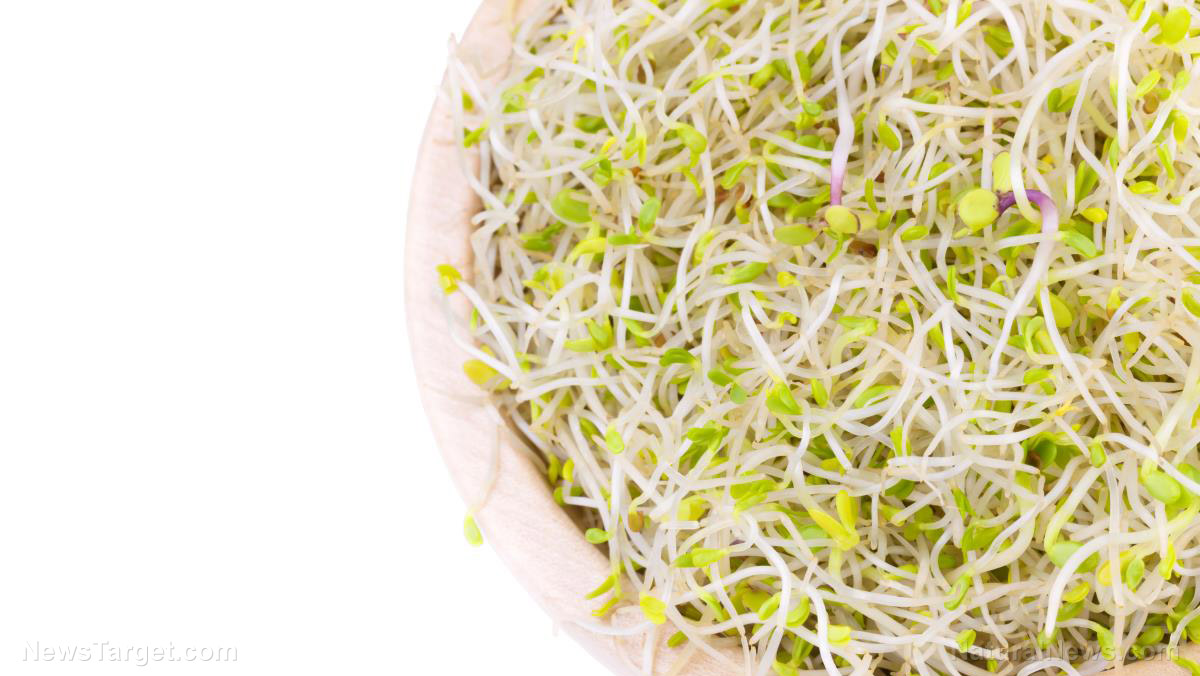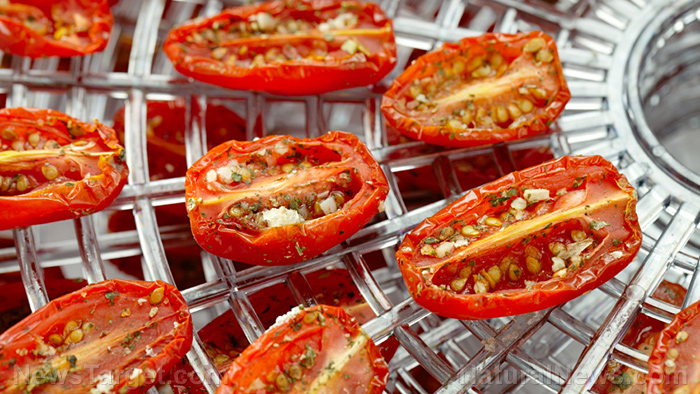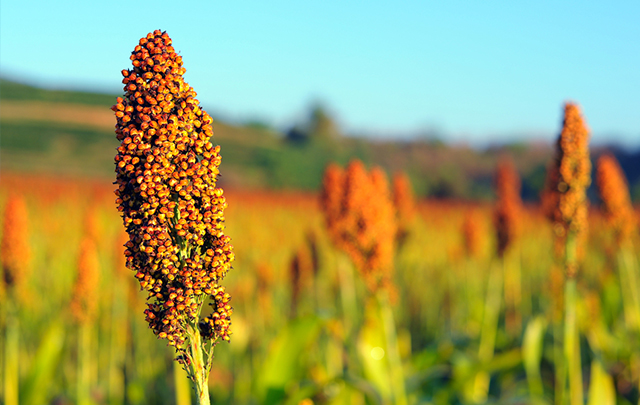From seed to sprout: How to care for your sprouts the right way
04/08/2020 / By Zoey Sky

Home gardening is a beneficial practice, but it’s not always feasible for those who live in small apartments or people who are too busy to tend full-sized gardens. If you want to grow plants that can survive with minimal supervision, try sprouting.
Choosing your sprouts
Seeds that you can sprout include beans, grains or nuts. Never use seeds sold for planting because most of them are treated with pesticides and other harmful chemicals.
When choosing sprouts, consider these tips:
- Avoid toasted or roasted seeds or grains.
- Don’t use cracked or milled seeds.
- Don’t get sprouting seeds from bulk bins.
- Use raw seeds that haven’t been chemically treated.
- Get seeds for sprouting sold in vacuum-sealed packages.
- When buying seeds, check for the word “sproutable” on the label or package.
Sprouts contain enzymes that are retained when you consume them raw or uncooked.
Sprouts for salads and sandwiches
Salad sprouts are best for fresh salads and tasty sandwiches. These sprouts can be added to salads and sandwiches or blended into raw dips and soups.
Salad sprouts include:
Salad sprouts are often eaten raw, but some sprouted grains and legumes can also be consumed in salads or other dishes cooked under 113 F.
Sprouts for dips
If sprouts in a sandwich don’t suit your palate, you can incorporate sprouts into a dip. Combine sprouted legumes with salad sprouts and other seeds for a delicious and nutritious dip.
Sprouting seeds include:
- Salad sprouts
- Sprouted chickpeas
- Sprouted lentils
- Sprouted sunflower seeds
Sprouts for bread, soups and stir-fries
Top a variety of dishes with the raw salad sprouts mentioned above or lighter sprouted legumes like lentils or mung beans.
Alternatively, you can add sprouted grains or legumes to other cooked dishes. (Related: You should be growing these 5 sprouts today – your body will thank you later.)
How to sprout seeds
You’ll need simple tools like a one- or two-liter jar with a pierced lid for proper ventilation and drainage. Either buy sprouting jars in health food stores or repurpose a clean Mason jar with a metal disk and ring lid or any wide-mouthed glass container.
If you’re using a Mason jar, replace the disk with fine plastic, stainless-steel mesh, or muslin secured on the jar’s mouth with the metal ring or with a rubber band. When using muslin, wash the cloth between uses.
To prevent bean sprout poisoning, use seeds suitable for home sprouting and follow the manufacturer’s instructions. Wash your sprouting equipment thoroughly with hot, soapy water. You should also wash your hands before and after handling seeds.
Below are the basic steps for sprouting. The steps can vary depending on the type of seed you choose.
- Place the seeds in the jar. Fill the jar at least one-third full, then screw on the top.
- Rinse the seeds thoroughly with cold water.
- Add enough lukewarm water to almost fill the jar.
- Let the seeds soak overnight, then rinse and thoroughly drain them by turning the jar upside down.
- Lay the jar on its side, then leave the container somewhere dark.
- Keep the jar with the seeds at room temperature. Rinse and drain the contents three or four times per day.
- Once the seeds are fully sprouted after three to five days, rinse again, removing unsprouted seeds and seed hulls if desired, and drain them before refrigerating. Use within two or three days.
Once the sprout tails appear, your sprouts are ready for consumption.
Taste sprouted seeds daily, then add them to your meals as desired. Some seeds lose their mild flavor if sprouted too long.
- Sprout grains until the sprout tail appears to use for cooking or dehydrating and grinding.
- Sprout grains in jars until sprout tail appears, then transfer to garden soil to grow microgreens or fresh grass for green juices.
- Sprout legumes until the sprout tail appears or before the leaves appear.
Grow sprouts in small batches and stagger the sprouting so you have fresh sprouts to eat every day. Drain sprouts well before storing them. Transfer to a glass or plastic container, seal tightly and refrigerate for a couple of days.
Cook with sprouts to boost your nutrient intake and improve your overall health.
Sources include:
Tagged Under: food supply, Fresh, green living, harvest, home gardening, homesteading, how-to, nutrients, organics, seeds, sprouting, sprouts, sustainable living, vegetables, Veggies



















